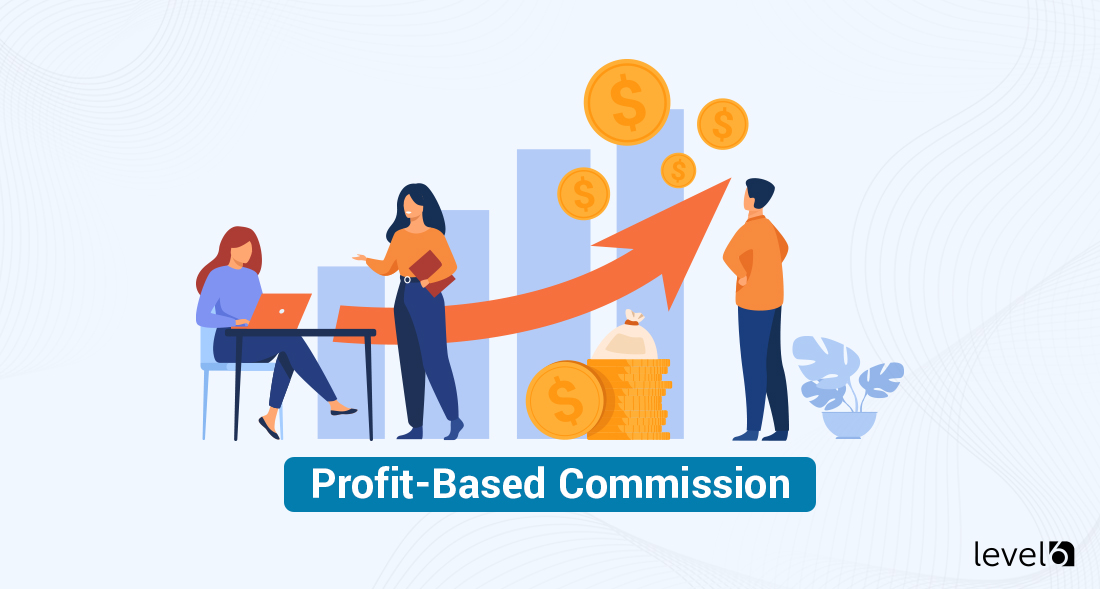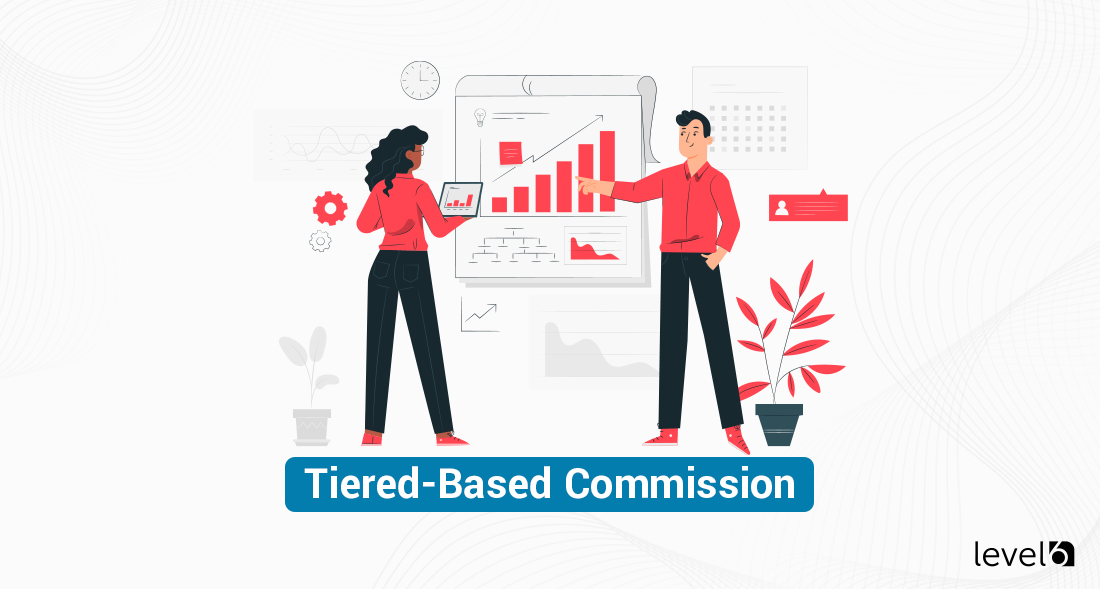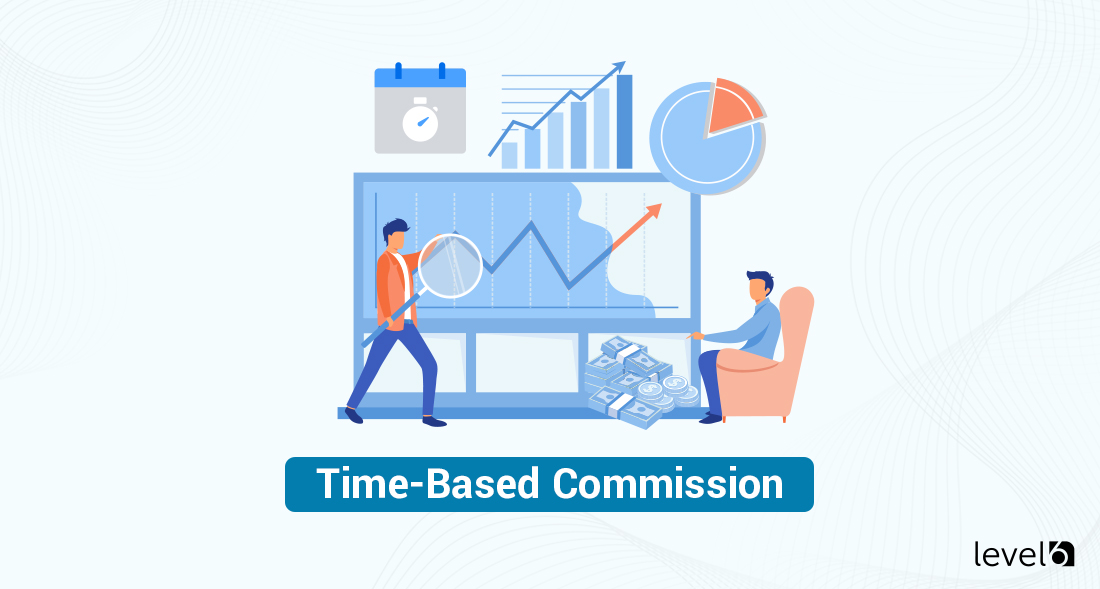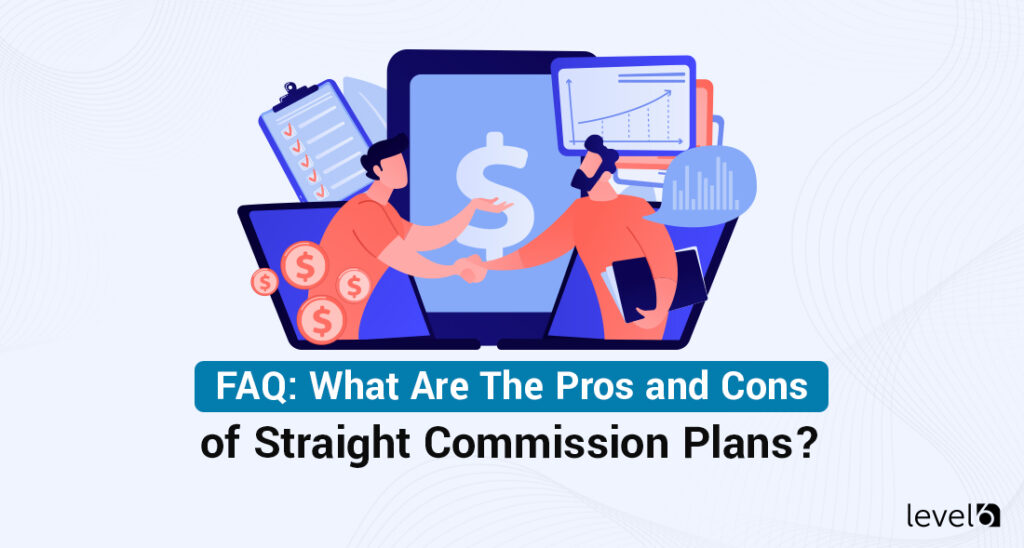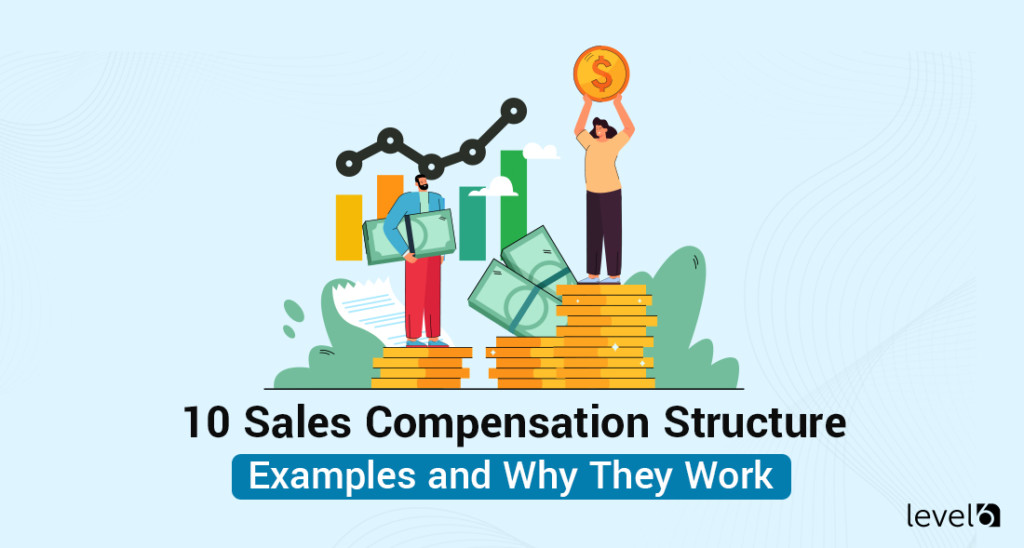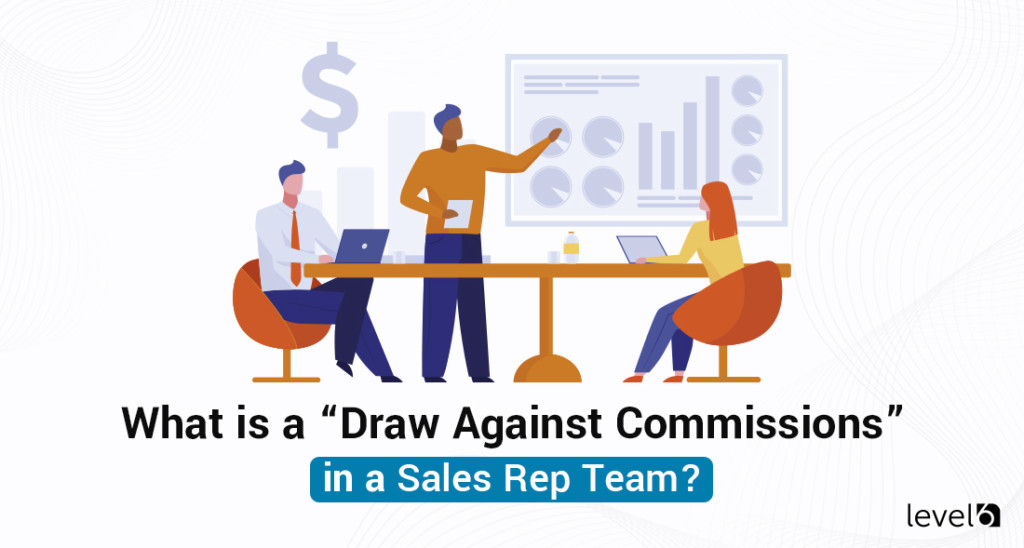If you ask a salesperson why they chose sales as a profession, many will say it’s because they love the face-to-face interactions with their customers. Some may say they simply believe in the product or service they’re selling.
While that may be true for some, the reality is most salespeople love what they do because of the unlimited earning potential that comes with a sales position. What makes it even more interesting is when creative incentives change behavior in a specific way to increase income for both the company and the salesperson.
What are the different kinds of commission structures you can use to reward your sales force? Here are twelve.
1: Product-Based Commissions
This type of commission structure is often used by companies with a wide range of products. In a product-based commission structure, each product is assigned a commission rate, and the salesperson earns a commission based on the specific product they sell.
For example, if a salesperson sells a product with a commission rate of 5%, they will earn 5% of the total value of that sale. This type of commission structure can work well for sales teams that are specialized in a particular product or product line.
The benefit of a product-based commission structure is that it can incentivize salespeople to focus on selling specific products that may have higher commission rates. This can help to increase overall sales and revenue for the company.
However, it is important to note that this type of commission structure can also create a competitive environment within the sales team, as each salesperson is focused on selling their assigned products. Managing and adjusting commission rates for each product over time may also be difficult.
If your company has a wide range of products or a sales team that is specialized in a particular product, a product-based commission structure may be worth considering. Just be sure to weigh the potential benefits against any potential challenges or drawbacks.
2: Territory-Based Commission
A territory-based commission is a commission structure that pays salespeople based on the sales they make within a specific geographic territory. This commission structure is often used in industries with defined sales territories, such as retail or real estate.
Looking to learn more about an incentive, rebate
or reward program for your business?
Curious about costs?
Try our instant pricing calculator:
The salesperson’s commission is typically a percentage of the sales made within their designated territory, regardless of who actually closes the deal. This structure incentivizes salespeople to work harder to close deals within their territory and build stronger customer relationships.
Territory-based commissions are beneficial for sales teams because it helps them identify areas with higher potential sales opportunities and allocate resources accordingly. It also helps to prevent territorial disputes between salespeople.
However, this commission structure does have its downsides. If a salesperson’s territory is smaller or less lucrative than others, they may end up earning less commission overall. Additionally, if a salesperson has a particularly strong relationship with a customer who falls outside of their territory, they may miss out on the commission for that sale.
3: Profit-Based Commission
A profit-based commission structure ties the commission percentage to the company’s profitability. This means that the sales rep’s commission rate increases or decreases based on the company’s profitability and the individual salesperson’s performance.
This type of commission structure can motivate sales reps because it incentivizes them to close deals and focus on selling higher-priced products and increasing profit margins. It also helps align the sales team’s goals with the company’s overall business objectives.
However, profit-based commission structures can be more challenging to implement because the company’s financials must be regularly tracked and analyzed to determine the commission rate. It can also create some uncertainty for the sales reps, as their commission rate may fluctuate from quarter to quarter based on the company’s profitability.
Profit-based commission structures work best for companies with a steady profit margin and a sales team willing to focus on selling higher-priced products and maximizing profits. It may be less effective for startups or businesses that experience more volatile profit margins.
4: Residual Commission
Residual commissions are a payment structure in which the salesperson receives a percentage of the ongoing revenue generated by a customer they brought in. It is commonly used in industries such as insurance and subscription-based services.
For example, if a salesperson sells a customer a monthly subscription service, they may receive a percentage of that customer’s payment each month as long as they remain a customer. This type of commission structure incentivizes salespeople to make initial sales and build long-term relationships with customers to ensure continued revenue.
One potential downside to residual commission is that it can take time for the salesperson to see a significant return on their efforts, as it relies on ongoing revenue from the customer. However, once the salesperson has built a strong base of loyal customers, they can earn a steady income from residual commission payments.
5: Tiered-Based Commission
A tiered-based commission structure rewards sales representatives for reaching different levels of sales performance. In this structure, sales representatives are given different commission rates based on how much they sell, with higher commission rates given to those who hit higher sales targets.
One of the benefits of a tiered-based commission structure is that it can motivate sales representatives to work harder to hit higher sales targets, knowing that they will be rewarded with a higher commission rate. It can also encourage healthy competition among team members, as everyone is trying to hit higher sales targets to earn a higher commission rate.
However, one of the potential downsides of a tiered-based commission structure is that it can be complicated to administer. Sales representatives need to understand how the structure works, and it can be challenging to keep track of who has hit which sales targets. Additionally, some sales representatives may become demotivated if they struggle to hit higher sales targets and feel they will never be able to earn higher commission rates.
If you decide to implement a tiered-based commission structure, it’s essential to be clear and transparent with your sales team about how it works. Provide clear guidelines on what sales targets need to be met to qualify for different commission rates, and be consistent in implementing the structure.
6: Time-Based Commission
Time-based commission is a popular structure in which a salesperson is compensated based on how long they’ve been with the company. Essentially, the longer the salesperson has worked for the company, the higher their commission rate will be.
The advantage of this type of commission structure is that it rewards loyalty and longevity, incentivizing salespeople to stick with the company and remain motivated to make sales. On the other hand, time-based commission may not be the best fit for new hires who are still learning the ropes and may not make as many sales as experienced employees.
Another drawback of time-based commission is that it can create inequality within a sales team. Some employees may be more tenured and therefore earn a higher commission rate, which could lead to tension and resentment among other team members.
7: Performance-Based Commission
One of the most common types of commission structures used in sales teams is performance-based commission. This structure ties the commission earned by the salesperson to their performance, typically in terms of the number of sales they close or the revenue they generate.
In a performance-based commission structure, the commission rate may vary based on different factors, such as the type of product sold or the salesperson’s experience level. Additionally, sales quotas may be set to determine the amount of sales needed before the commission kicks in.
The key advantage of this type of commission structure is that it provides a strong incentive for salespeople to perform at their best. If they exceed their sales quotas or perform exceptionally well, they can earn higher commissions than their colleagues who didn’t achieve the same results.
On the other hand, a downside to this type of structure is that it can create a highly competitive atmosphere, which may only be ideal for some sales teams. Additionally, if the quotas are set too high, salespeople may feel pressured to cut corners or engage in unethical behavior to meet their goals.
8: Salary Plus Commission
This is a commission structure that includes a base salary and commission payments. Salespeople who receive this type of compensation usually earn a set salary regularly. However, their total income can increase if they meet or exceed their sales goals.
One advantage of the salary plus commission structure is that it provides a certain level of financial security for sales reps. Even if they make fewer sales in a particular period, they’ll still receive their base salary. It also incentivizes salespeople to push harder to meet their goals and exceed them, which can increase their income.
In general, companies use salary plus commission structures to retain their sales reps over the long term. They also use this structure when they want to incentivize sales reps to maintain strong customer relationships rather than just making sales.
Keep in mind that the amount of the base salary will affect the size of the commission payments. A higher base salary usually means lower commission payments. Alternatively, a lower base salary means that commission payments will have a greater impact on a salesperson’s overall income.
9: Bonus-Only Commission
The structure of a bonus-only commission is self-explanatory – a salesperson is only compensated through bonuses. This structure is ideal for salespeople who thrive on competition and motivation. They get rewarded with bonuses.
This structure works best for companies with high-profit margins and small sales teams. For instance, if a company sells luxury cars, they might have only a handful of salespeople. With this structure, the sales team could earn a percentage of the profit margin of each sale in the form of bonuses. This means they could earn a substantial bonus if they make a large sale with a high-profit margin.
One of the benefits of the bonus-only structure is that it is motivating and can be quite lucrative for salespeople who excel in their roles. However, there is also the potential for salespeople to become overly focused on earning bonuses at the expense of building client relationships.
To ensure that salespeople don’t sacrifice customer service for bonuses, it is essential to have a clear set of expectations. This includes specific goals and objectives that salespeople must meet and a commitment to quality service.
10: Gross Margin Commission
The gross margin commission structure is designed to motivate sales reps to focus on selling high-profit margin products or services. With this commission structure, the commission amount is based on the percentage of profit earned from each sale. This means that the higher the profit margin, the higher the commission the sales rep earns.
Gross margin commission structures work well for companies that sell high-margin products or services, providing a clear incentive for sales reps to prioritize selling those items. This structure can also help companies to better manage their margins and profitability, as it ensures that sales reps are focused on selling the most profitable products.
One potential drawback of the gross margin commission structure is that it can lead to reps neglecting lower-margin products or services, even if those items might better fit a particular customer’s needs. Setting fair commission rates for products with widely varying margins can also be challenging.
11: Straight Commission
The straight commission structure is one of the most common commissions for sales teams. In this structure, the salesperson is paid a percentage of their sales. This commission percentage may vary depending on the product or service sold.
The benefit of a straight commission structure is that it can be a powerful motivator for salespeople. Since their earnings are directly tied to their sales, they are incentivized to work harder and close more deals.
However, straight commission structures can also be risky for salespeople. If they cannot make sales, they will not earn any commission. This can lead to high-stress levels and burnout if sales targets aren’t consistently met.
Straight commission structures may also be challenging for employers. They must ensure that the commission percentage is fair and reasonable and be prepared to pay large commissions when salespeople exceed their targets.
Overall, straight commission structures can be effective for sales teams who are highly motivated and successful at closing deals. However, there may be better fits for some sales teams and industries. Employers should carefully consider the potential risks and benefits of a straight commission structure before implementing it for their sales team.
12: Promotional Commission
In some cases, a company may run promotional campaigns to drive sales for a specific product or service. In such instances, a promotional commission structure can be utilized. This type of commission is generally offered for a limited period and can vary in terms of the percentage paid out.
For example, if a company wants to increase the sales of a particular product, it may offer a promotional commission of 10% of the sales generated during the promotional period. This motivates the sales team to focus on selling that specific product, leading to an increase in sales.
Promotional commission structures can also be utilized during seasonal periods like Christmas or Black Friday. By offering a higher commission rate during these periods, sales teams are motivated to put in extra effort to achieve their targets.
It’s important to note that promotional commissions are usually temporary and are only offered for a limited time. Therefore, it’s essential to clearly communicate the promotion’s specifics to avoid confusion and ensure everyone is working towards the same goal.
If you’re interested in learning more about how Level 6 can take you to the next level in all your rebate and reward programs for your sales teams, get in touch with us today for more information or to schedule a no-obligation consultation. We’d love to talk with you!

Claudine is the Chief Relationship Officer at Level 6. She holds a master’s degree in industrial/organizational psychology. Her experience includes working as a certified conflict mediator for the United States Postal Service, a human performance analyst for Accenture, an Academic Dean, and a College Director. She is currently an adjunct Professor of Psychology at Southern New Hampshire University. With over 20 years of experience, she joined Level 6 to guide clients seeking effective ways to change behavior and, ultimately, their bottom line.

 Demo
Demo
